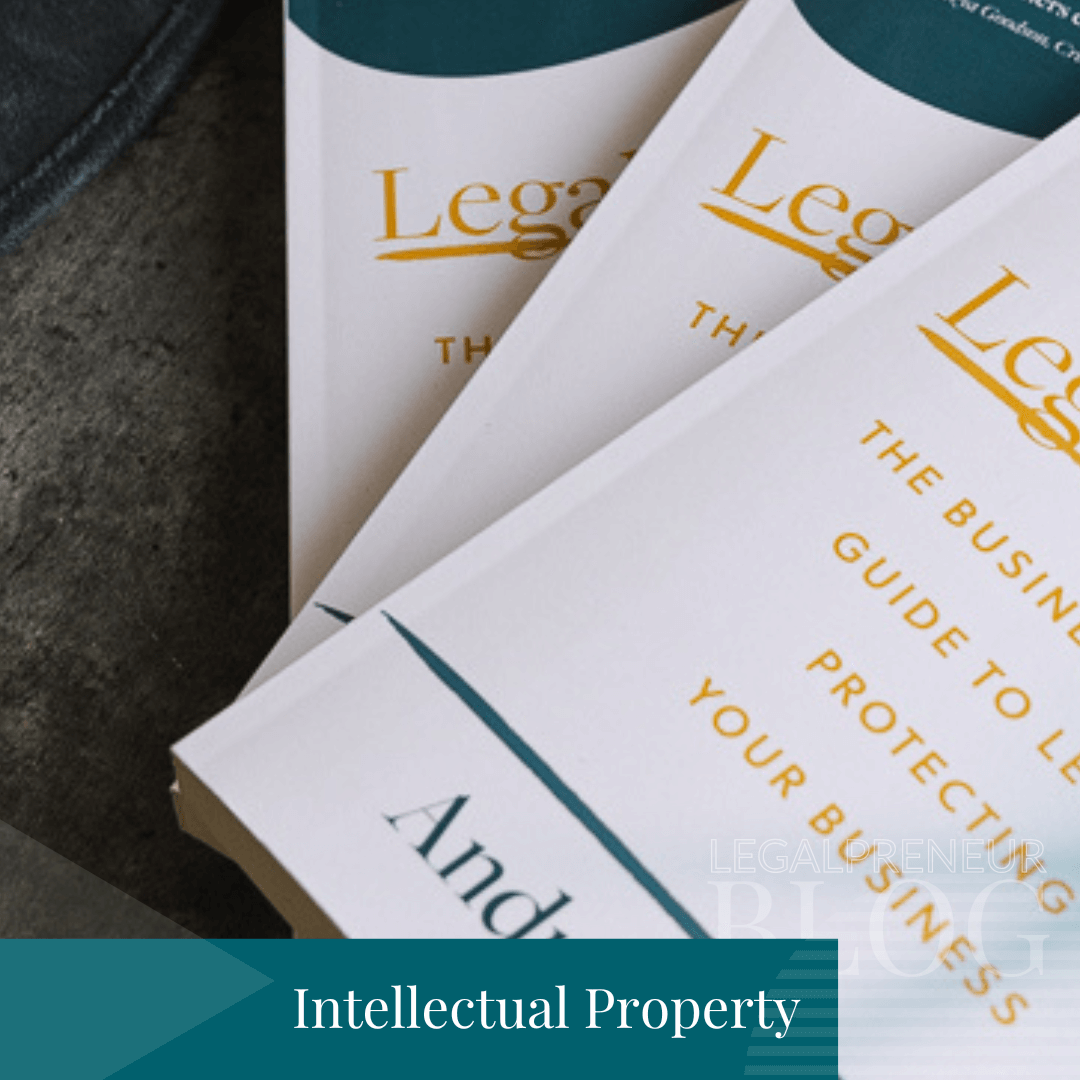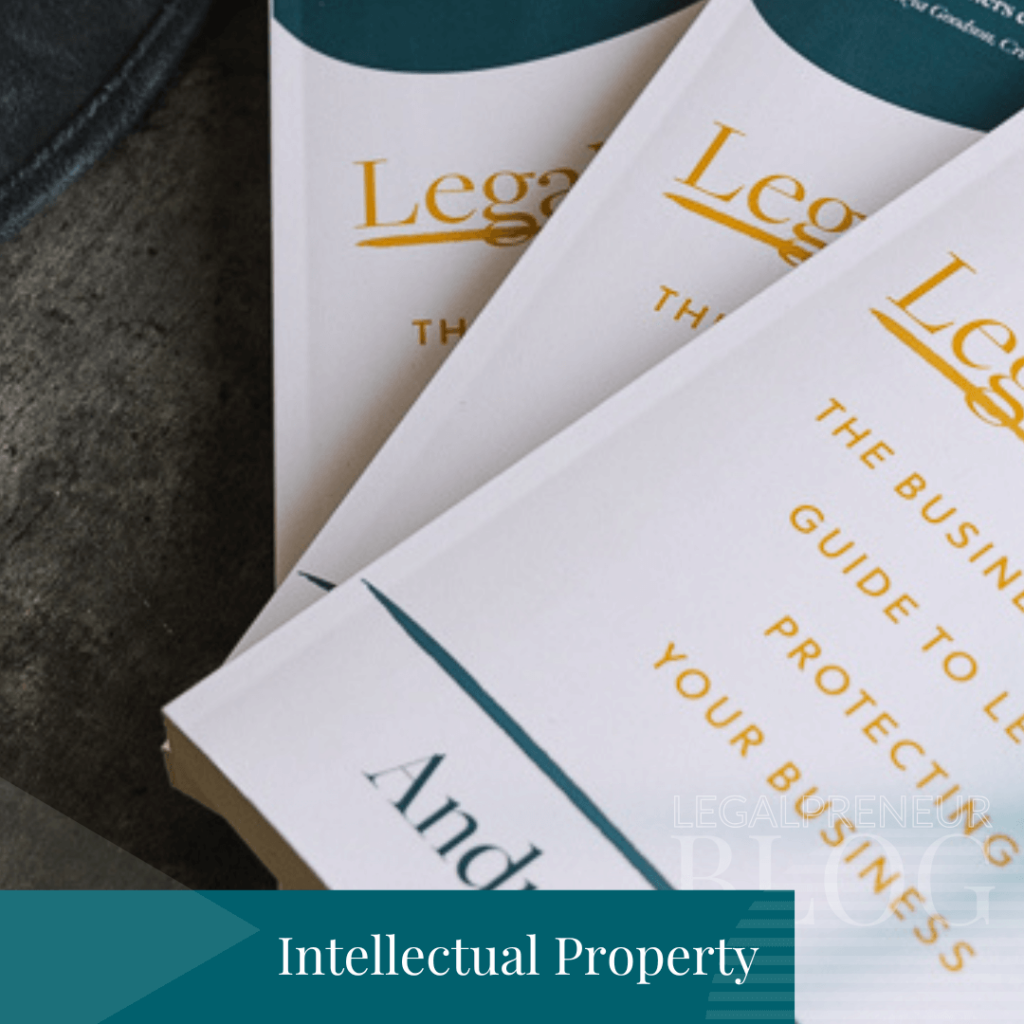*The information below is not legal advice.
We all know it–influencers play a vital role in modern social media. Through large or niche followings, influencers create business opportunities for themselves and the brands they work with. And many have become adept at content creation which allows them to gain and engage followers. But what happens when one influencer claims their content is being copied by another?
What’s Happening in Gifford v. Sheil?
In Gifford v. Sheil, Sydney Nicole Gifford (insta: @sydneynicoleslone) alleged that another influencer, Alyssa Sheil (insta: @alyssasheill), purposefully copied her content and violated various laws including copyright and trademark laws. In the complaint, Gifford claims that Sheil began to post nearly identical photos which replicated the “neutral, beige, and cream aesthetic” of Gifford’s brand identity. Gifford asserts that Sheil infringed on Gifford’s brand identity by not only posting the same products as Gifford but also by copying her styling and posing.
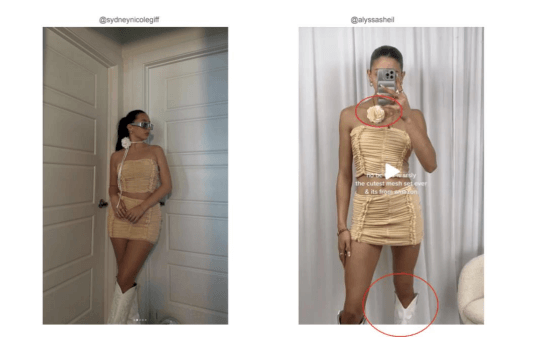
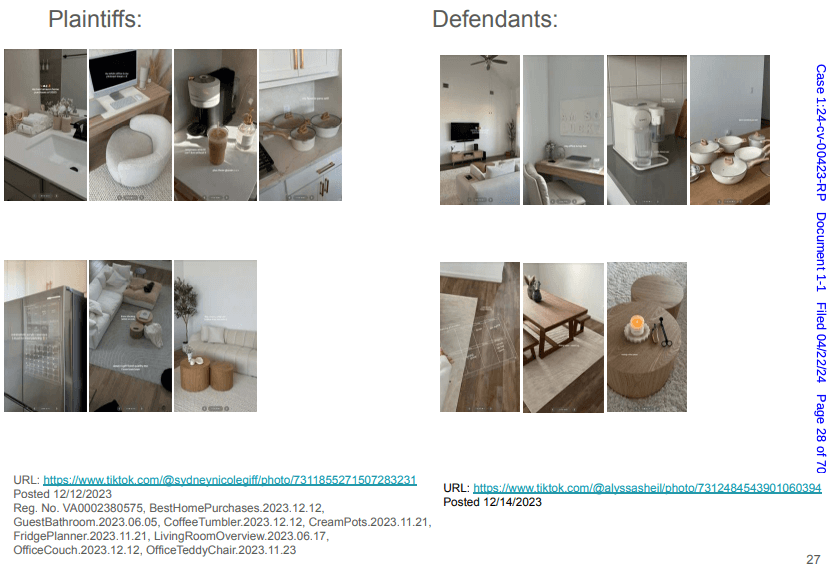
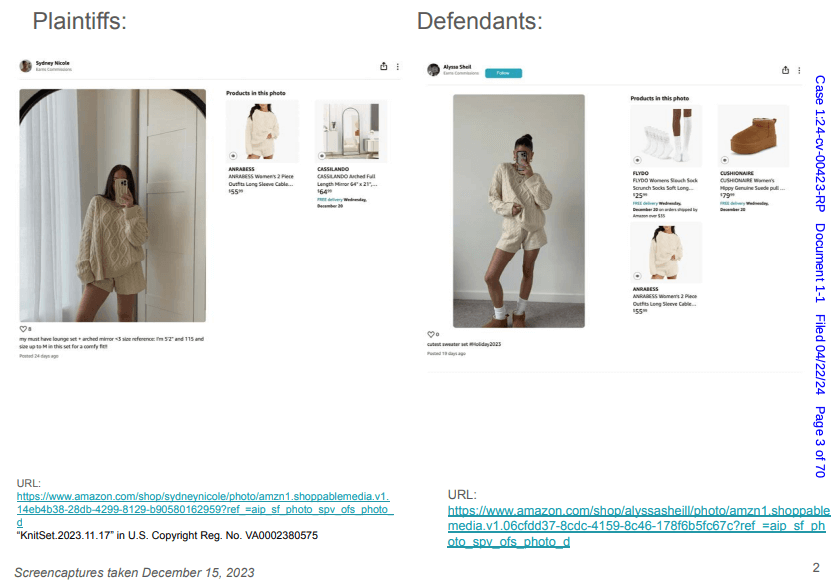
It is important to note that Gifford registered a number of her images and videos with the U.S. Copyright Office and included those Registration Numbers in her filing as further proof of her ownership. She also provided screen captures of their respective bio.site pages to demonstrate that Sheil copied her website design.
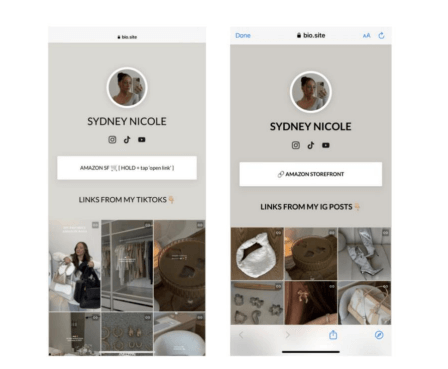
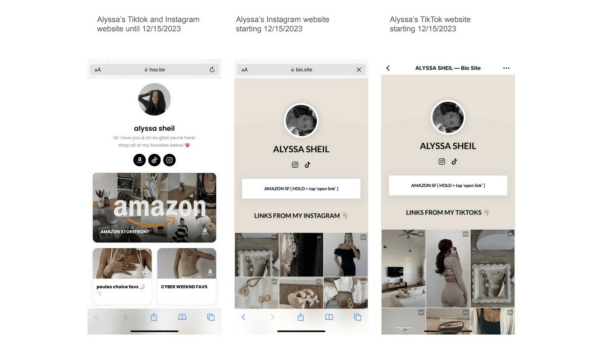
In all, Gifford alleged (1) copyright infringement, (2) vicarious copyright infringement, (3) Digital Millennium Copyright Act (DMCA) violations, (4) trade dress infringement, (5) misappropriation of her likeness, (6) tortious interference with prospective business relations, (7) unfair trade practices and competition, and (8) unjust enrichment.
That’s a lot of claims; however, the Magistrate Judge dismissed three of Gifford’s claims for tortious interference, unfair practices and competition, and unjust enrichment. On the other hand, the Magistrate Judge refused to dismiss the claims of misappropriation of likeness, violations of the DMCA, and vicarious liability–essentially signposting that there may be some merit or support for these. The remaining claims of copyright infringement and trade dress infringement were not challenged by Sheil and will be addressed by the court in the future.
At this time, these decisions might indicate what types of future suits can be brought by influencers who believe their content is being copied, but it does not indicate whether these are actually winning arguments. Future decisions will give a clearer idea of what is in store for influencer intellectual property.
What Can Business Owners/Influencers Learn From This Case?
There are a few things Gifford did before the suit which can be considered good practice for influencers who are concerned with protecting their content.
1. Copyright Registration of Gifford’s Posts
By registering her posts with the U.S. Copyright Office, Gifford ensured federal protection over her images. Keep in mind that any work you create automatically receives federal copyright protection in the United States, but registering your work with the U.S. Copyright Office can help you enforce your copyrights. You can register any image, video, and/or posts you create on the U.S. Copyright Office website whether you post on Instagram, Amazon storefront, TikTok, or anywhere else.
2. Using “CMI” and Understanding the Digital Millennium Copyright Act (DMCA)
One monumental rule influencers should be aware of is the requirement that an influencer using another influencer’s post cannot remove the original creator’s Copyright Management Information (“CMI”). Under the DMCA, CMI can be defined as “[t]he name of, and other identifying information about, the copyright owner of the work, including the information set forth in a notice of copyright” and “[i]dentifying numbers or symbols referring to such information or links to such information.”
So any copyrighted material that is reposted, copied, or stitched together requires the poster of the new content to include the CMI of the original content creator. In some cases, this is as simple as referencing the creator of the original content. Gifford is likely to argue that Sheil was required to at least reference Gifford as the original creator if Sheil was drawing influence from Gifford’s posts.
If you are aware that another individual has taken your work and removed a watermark, sign, or any other identifying information about you as the original creator, then you may have a DMCA/CMI claim against that individual.
Potential Trade Dress for Influencers
Another important aspect about this case involves the potential use of trade dress to protect influencer content. In addressing the trade dress infringement claim, the court may find that an influencer’s brand, overall tone of their content, or “vibe” is protectable by trade dress. This would, of course, open up a flood of questions about the standards of content and vibes necessary to become trade dress.
Stay Up to Date with Influencer Intellectual Property Developments
This case is being watched closely by Legalpreneur and many intellectual property attorneys in the United States. Andrea Sager, founder of Legalpreneur, has been in practice for 7 years and has seen this issue often – “I’ve seen this issue come up quite frequently where I can tell one business copied the other. However, the way the laws are written, and how it’s currently interpreted, there’s no cause of action. This case is being watched closely, because it can provide a remedy for hundreds, potentially thousands, of business owners in the same situation.”
Follow the Legalpreneur’s blogs to stay up to date with the developments in the Gifford v. Sheil case and with influencer intellectual property in general.

